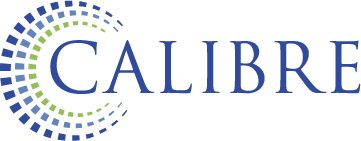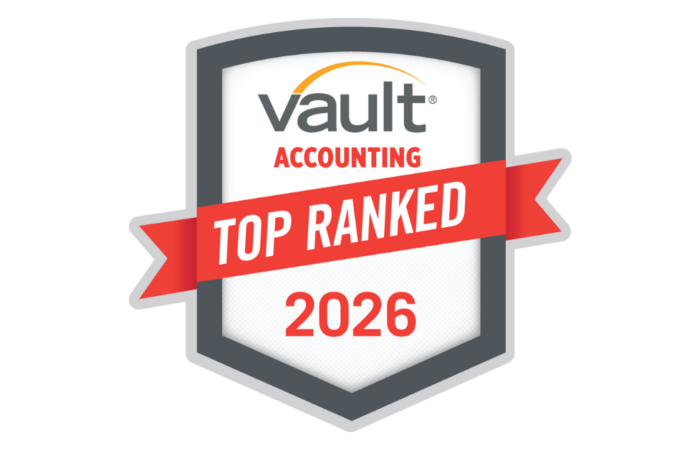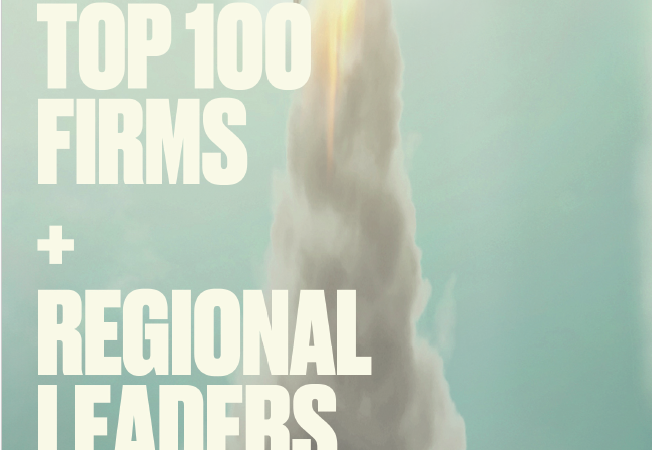As part of the ongoing effort to provide relief from the COVID-19 emergency, Congress passed, and the President signed, the Coronavirus Aid, Relief, and Economic Security Act, commonly referred to as the CARES Act. This legislation provides payroll tax credits for eligible employers to assist in retaining employees throughout the COVID-19 emergency.
Labor Organizations
The operations of labor organizations are not immune to the impacts of COVID-19. During government mandated closures, labor organizations may have some employees who are able to continue working remotely; while other employees may no longer be able to perform their job duties due to significant COVID-19 related hindrances. For example, a labor organization employee may be unable to conduct meetings with union members or conduct other activities due to workplace closures of the union member. Fortunately, labor organizations, as well as other exempt organizations, are eligible for payroll tax relief in the form of tax credits for employee retention.
Eligible Employer
An employer (including tax-exempt organizations) is eligible for the employee retention payroll tax credit if:
- an employer’s operations were fully or partially suspended due to a COVID-19-related shut-down order, OR
- gross receipts declined by more than 50 percent as compared to the same quarter in the prior year.
Operations of an organization may be “partially suspended” if an appropriate governmental authority imposes restrictions on business operations by limiting commerce, travel, or group meetings (for commercial, social, religious, or other purposes) due to COVID-19, in a way that the operations of an organization can still continue but not at their normal capacity. An employer is not eligible for the employee retention credit if it receives a covered loan (a “small business interruption loan”) under the Paycheck Protection Program.
Qualified Wages
If an eligible employer had 100 or fewer employees on average in 2019, the credit is based on wages paid to all employees during the period of suspended activities or significant decline in gross receipts, regardless of whether the employees worked or not. For example, if an employer pays an employee for 40 hours of work even though the employee can only work 10 hours due to closures, the employer may claim a credit for the full 40 hours of wages that were paid.
If an eligible employer had more than 100 employees on average in 2019, they will only qualify for the credit to the extent that wages are paid to employees for time the employees are unable to work. For example, if an employee is paid wages for 40 hours of work, but they are only able to work 10 hours due to suspended activities, the employer is eligible for a credit only on wages paid to the employee for time the employee was unable to work – or 30 hours of wages. If the employer only pays the employee 10 hours of wages, the employer is not eligible for any credit on these wages because the employer is not paying wages for time an employee is unable to work.
Qualified wages include an eligible employer’s qualified health plan expenses that are properly allocable to those wages. Required sick leave wages or family leave wages paid under the Families First Coronavirus Response Act are excluded because these wages are taken into account for a separate payroll tax credit.
Amount of Tax Credit
The employee retention credit equals 50 percent of the qualified wages (including qualified health plan expenses) that an eligible employer pays in a calendar quarter. The maximum amount of qualified wages taken into account for each employee is $10,000. Therefore, the maximum credit that an eligible employer can claim for qualified wages paid to any employee is limited to $5,000 ($10,000 × 50%). For example, if an employee is paid $8,000 in qualified wages in the 2nd quarter, a credit of $4,000 could be claimed in the 2nd quarter. An employee retention credit of only $1,000 could then be claimed in the 3rd quarter, even if the employee was paid an additional $8,000 in the 3rd quarter.
Claiming the Credit
An eligible employer will claim its total qualified wages and its employee retention credit on its quarterly employment tax return, beginning with the second quarter. Employers can be immediately reimbursed for the credit by reducing their required deposits of payroll taxes that have been withheld from employees’ wages by the amount of the credit. If the employer’s employment tax deposits are not sufficient to cover the credit and the employer has immediate cash flow needs, the employer may receive an advance payment from the IRS by submitting Form 7200, Advance Payment of Employer Credits Due to COVID-19.
Other Payroll Tax Credits
The Families First Coronavirus Response Act (FFCRA) generally requires employers with less than 500 employees to provide paid sick and paid family medical leave to employees; but a corresponding payroll tax credit effectively offsets the added economic burden placed on these employers. Labor organizations may qualify for the paid leave credit in addition to the employee retention credit. Additional information on credits for paid sick and family medical leave can be found here.
Payroll Tax Deferral
In order to further enhance cash flow to retain employees, all employers can delay payment of the employer portion of payroll taxes through the end of 2020. Specifically, payment of the 6.2% OASID portion of payroll taxes incurred by employers during 2020 may be deferred until December 31, 2021. 50% of any payroll taxes deferred must be paid by December 31, 2021, with the remaining 50% paid by December 31, 2022.
Analysis
The employee retention credit requires an analysis of how a specific organization has been affected by COVID-19. In the case of a government order requiring a retail establishment to close its stores, this straightforward example demonstrates a situation that would clearly qualify for the employee retention credit. In a different scenario, an employer may be subject to an office closure; but the employer was able to facilitate teleworking for all employees to work from home. In that case, the employer may not qualify for the employee retention credit because the employees are still able to perform work remotely and the employer still has work available for the employees to perform.
In the case of labor organizations, certain employees are likely to have job functions requiring work away from an office. For example, a labor organization employee may be unable to conduct meetings with union members or engage in collective bargaining due to a closure of the members’ employer. Although the labor organization’s employee may be able to perform some work from home, they are likely to be limited in the amount of work they can perform and they will be under-utilized, working less than they would normally. Absent future IRS guidance stating otherwise, it is reasonable to conclude that a labor organization in this situation will qualify for the employee retention credit.
It is also worth noting the intent of Congress in passing the legislation. The intent of the CARES Act was to incentivize employers to retain employees and avoid laying them off. Preventing layoffs of under-utilized employees reduces the burdens of local governments providing unemployment assistance. Reducing layoffs also keeps employees in a better position to resume working much faster once the COVID-19 threat passes, which will jumpstart the overall economy.
Conclusion
To the extent labor organizations must scale-back operations due to COVID-19 related closures and employees are unable to perform work at the same capacity as they normally would, these labor organizations will be eligible for employee retention tax credits of up to $5,000 per employee. This is consistent with legislative intent, as well as all current, although limited, guidance from the IRS.
DISCLAIMER: It is expected that the IRS will provide further guidance and instructions regarding the employee retention payroll tax credit. As such, information presented is subject to change.
Prepared By:
Justin W. Herring, CPA MST | Tax Manager




